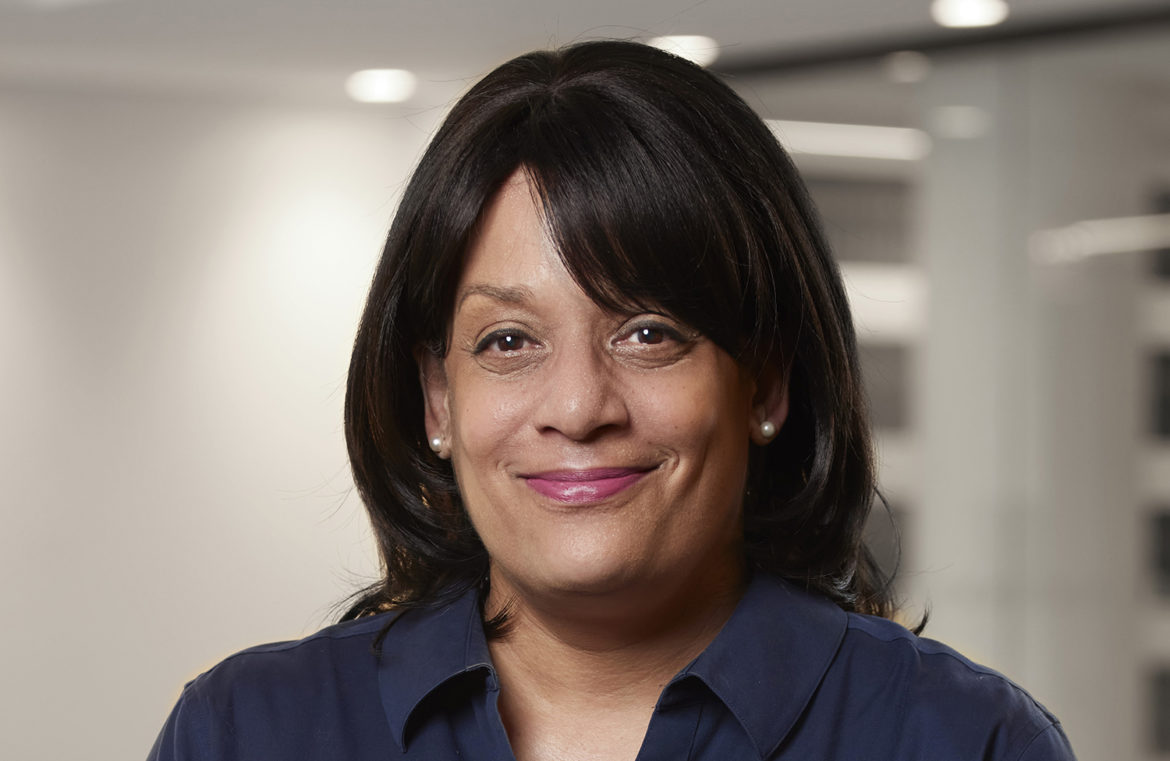J. Danielle Carr, Director of Diversity, Equity & Inclusion, Lowenstein Sandler
The number of people and companies making money from touting a cure for the legal industry’s inequities grows on a daily basis. It is also true that just a small fraction of those that claim to have the answers actually do. I also call to readers’ attention the growing number of law firms that claim to be moving the DEI needle that are doing nothing more maintaining the status quo. This is done through well-worded website declarations and multiple thousands of highly publicized dollars donated to organizations and affinity bar associations. A number of the sponsored organizations are making an impact, but the benefits of the work rarely trickle back to effect change at the sponsoring firms.
For those that truly value DEI and want to work for or do business with a law firm that shares this value, how can you distinguish those who are breaking down DEI barriers from those that have simply gotten really good with smoke and mirrors?
- If the firm’s DEI lead does not report to the firm Chair, odds are the person’s work will be hampered. In my less than two-year tenure at Lowenstein, I have worked with firm leadership on the development of a formal work allocation program, revamping entry-level and lateral recruiting and the enhancement of a preexisting Sponsorship Program because I report directly to Chair and Managing Partner Gary M. Wingens, who makes it clear that these initiatives are a firm priority.
- Ask the firm how many of its attorneys hold board positions for organizations that support the advancement and/or wellbeing of underrepresented people. Also examine if this leadership includes white attorneys as the response to this question will give you a true sense of how deep the DEI commitment runs.
- Ask who leads the firm’s DEI Committee. If not the firm Chair and/or high revenue-generating attorney, beware.
- When you read or hear about an exceptional DEI program, ask the firm how many offices and/or departments are actually implementing the program. I once was the proud developer of a DEI initiative that was only implemented by one practice group, yet it was touted by the firm as a signature initiative.
- Assess if the firm is playing follow the leader or being a leader. Well before post-George Floyd let’s commit to DEI, Lowenstein partner Ed Zimmerman gained firm support to establish VentureCrush, which provides programming and
fosters relationship building opportunities for a highly diverse contingency of tech community founders and investors.
There are more smokescreens that could be highlighted, but I want to save room for guidance to firms that want to actually move the DEI needle:
- Do not waive the Mansfield Rule Certification and other similar certification flags too proudly. Many DEI pledges miss
the mark because the bar to meet the standard is set low and fail to address demographic groups that are more in need of support than others. - Stop drinking at the same recruiting well; there is underrepresented talent everywhere.
- Be intentional, don’t leave change to chance.
- Appoint resource group (RG) leads that are passionate about the work and also have firm gravitas. At Lowenstein, the
Women’s Initiative Network lead, partner Lynda A. Bennett, has used both of these attributes to create a safe space for members to network and grow professionally. - Don’t give up when DEI attempts don’t produce intended results.
- Destigmatize DEI programs designed to help advance underrepresented attorneys by creating objective participation standards and allow anyone meeting the standards to participate.
- Do not use attorneys or any other professional who does not have true expertise for DEI trainings.
In closing, applause to the law firms that are getting it right, the in-house legal departments demanding DEI accountability, and Savoy for dedicating this edition to highlight some of the legal community’s best and brightest, who just happen to be Black.



